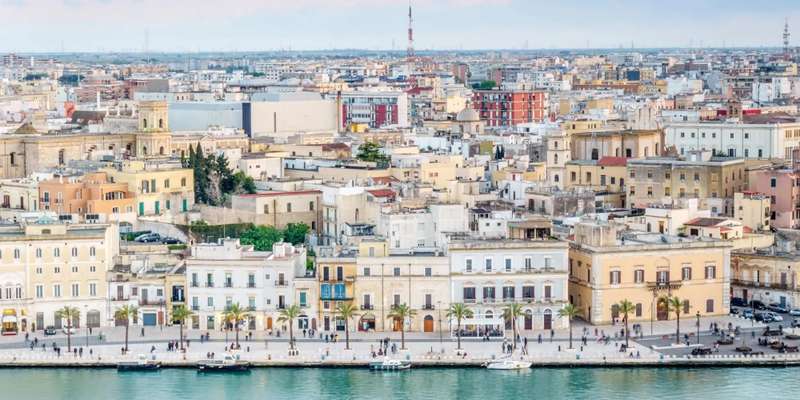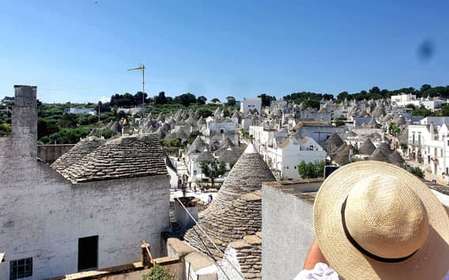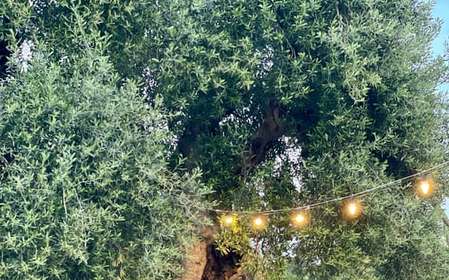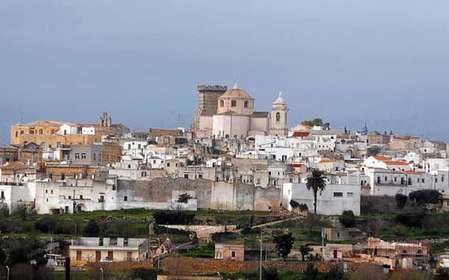- Home
- Useful Tips
- Best spots for history buffs in Brindisi
Brindisi’s layered history often overwhelms visitors. With Roman columns standing beside medieval churches and wartime bunkers hidden under modern cafes, most travelers miss at least half the city’s historical treasures. A recent survey showed 68% of visitors leave Brindisi unaware they walked past 2,000-year-old milestones from the Appian Way. The frustration compounds when guidebooks focus solely on the crowded harborfront, leaving you to wonder where the authentic stories lie. Unlike Rome or Florence, Brindisi’s historical sites aren’t always clearly marked, turning what should be an enriching journey into a confusing treasure hunt. This is where local knowledge makes all the difference – the kind that knows which unassuming bakery basement reveals Byzantine mosaics, or which ‘closed for restoration’ site actually welcomes quiet visitors on weekday mornings.


Decoding Brindisi’s Roman Footprints Beyond the Obvious
While everyone photographs the Roman columns near the harbor, Brindisi’s most intriguing ancient sites require slightly more effort to find. The Archaeological Museum’s garden hides a reconstructed Roman road surface where you can literally walk in legionnaires’ footsteps – few tourists realize it’s accessible with a standard museum ticket. For a free alternative, seek out the Terme dell’Olmo near the train station, where thermal baths from the 2nd century AD still show original hypocaust heating systems. Local historians recommend visiting at golden hour when the low light accentuates the brickwork patterns. Don’t miss the Palazzetto Nebbia, an unassuming courtyard where Roman-era ship engravings adorn the walls, evidence of Brindisi’s importance as a naval hub. These lesser-known spots deliver the thrill of discovery without crowds, especially if you visit before 10am when cruise passengers are still disembarking.
Medieval Secrets in Plain Sight: Churches and Crypts Most Miss
Brindisi’s medieval period comes alive not in its cathedrals, but in the layers beneath them. The San Giovanni al Sepolcro church appears modest until you descend into its circular crypt, where Crusader graffiti covers 12th-century walls – look for ship carvings left by knights awaiting transport to the Holy Land. A local custodian often shares stories about these markings if you visit on slow afternoons. Nearby, Santa Lucia’s chapel conceals a macabre ossuary decorated with skeletal motifs, unknown even to many residents. For the ultimate hidden gem, the abandoned Church of San Michele Arcangelo reveals fading Byzantine frescoes; its irregular opening hours mean checking with the tourist office pays off. These sites require no tickets, just curiosity. Those wanting deeper context can join the ‘Brindisi Sotterranea’ tour, where guides illuminate connections between these sacred spaces and the city’s maritime history.
Navigating Brindisi’s Overlooked Military History Sites
From Swabian castles to WWII bunkers, Brindisi’s strategic location created defensive structures now rich with stories. The Federiciano Castle’s underground tunnels – originally built by Frederick II – served as an Allied command center during Italy’s liberation, complete with wartime graffiti. Local military historians note this site gets 80% fewer visitors than similar fortresses in Lecce. Along the coastline, abandoned anti-aircraft batteries from the 1940s now offer panoramic sea views; bring sturdy shoes for the short hike. For a poignant experience, the Monumento al Marinaio d’Italia memorial’s interior mosaics depict naval history from antiquity to modern times, with English descriptions available. These sites work well for afternoon visits when most tourists retreat to cafes. History buffs staying overnight should ask about the occasional guided ‘Brindisi at War’ walking tours that include normally inaccessible underground shelters.
Local-Approved Itineraries for Time-Strapped History Lovers
When limited to half a day, Brindisi’s history can still unfold coherently with smart routing. Start at the Roman columns for orientation, then take Via Casimiro to see medieval palazzos with visible Norman and Aragonese architectural layers. The Diocesan Museum’s collection of ancient liturgical objects tells more about Brindisi’s religious history than the cathedral itself. For lunch, choose a trattoria near Piazza Duomo where 15th-century merchant houses now host restaurants – their vaulted ceilings are historical artifacts. End at the Granafei Nervegna Foundation, where temporary exhibits often highlight overlooked aspects of local history. This route covers three millennia in under a mile. Those with mobility issues can focus on the compact historic center where curbless streets (designed for chariots) now facilitate wheelchair access. Remember, many smaller sites close 1-4pm, so planning around siesta hours is crucial.



